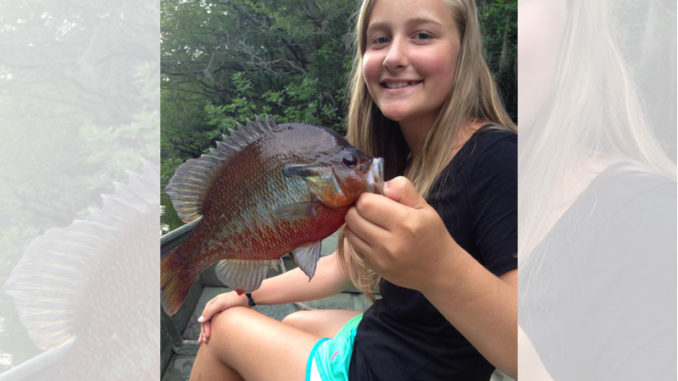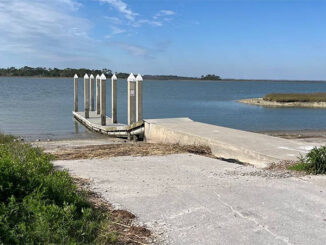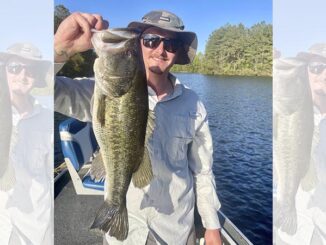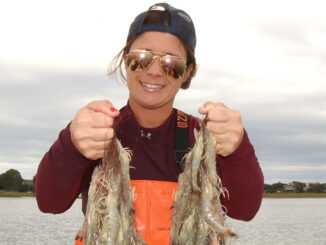
Sunfish will be spawning, feeding
This time of year, it’s tough to beat fishing in the blackwater swamps for redbreast sunfish. These brightly-colored cousins of the bluegill are spawning, so their colors are brilliant. They are hearty eaters and strong fighters, especially on ultralight tackle.
Kevin Davis of Black’s Camp in Cross, S.C., spends most of his year fishing the Santee Cooper lakes. But in May, you’re just as likely to find him in a slough along the Edisto River swamp near Givhans Ferry with several cages of crickets, some night crawlers and a good supply of Johnson Beetle Spins. Redbreast will eat them all.
Redbreast are one of the least-common panfish in the Carolinas. You may luck into one here and there in other bodies of water. But these fish really thrive in the tannin-rich, tea-colored waters only found in blackwater swamps and rivers like the Edisto.
Redbreast like a variety of depths
“These fish love to gather where the bank of the swamp drops off into the water,” Davis said. “They’ll hang out around all the roots growing along that bank, especially where there is a little current. And if there is a downed tree or log nearby, you can expect to catch a redbreast if you cast a worm, a cricket or a Beetle Spin in there.”
Davis (843-753-2231) makes a big modification to his Beetle Spins. He completely removes the soft-plastic body of the lure and replaces it with a live cricket.
“Some people leave the lure’s body on there and add a cricket,” he said “But I think it sinks faster without the body. It’s less buoyant without it, so it gets down quicker, and there’s some really deep water in these swamps.”
Don’t be afraid to get hung up in cover
Davis also fishes directly on the bottom with live worms, using a light-wire, No. 4 Eagle Claw hook with a big split-shot several inches above it. He uses 10-pound braided line. He said when fishing this way, you’re likely to either catch a redbreast or get hung up on bottom debris on every single cast.
“That’s why I like braided line,” he said. “When you get hung up on debris — or when you hook a fish that pulls you into debris — you can really put a lot of pressure on the line. You can just pull until the fish comes free, or until the hook literally straightens out. That’s why you want that light-wire hook. It will straighten out. Then you can reel it all in, fix your hook with a pair of pliers, and get right back to fishing without breaking your line,” he said.
Using crickets or worms under bobbers is also effective. Davis suggests casting as close to any cover you can find, including the muddy banks that are usually overgrown with roots. Anglers drifting their cork down the edge of the bank, or very close to cover like logs or other surface debris are often rewarded with a redbreast bite.




